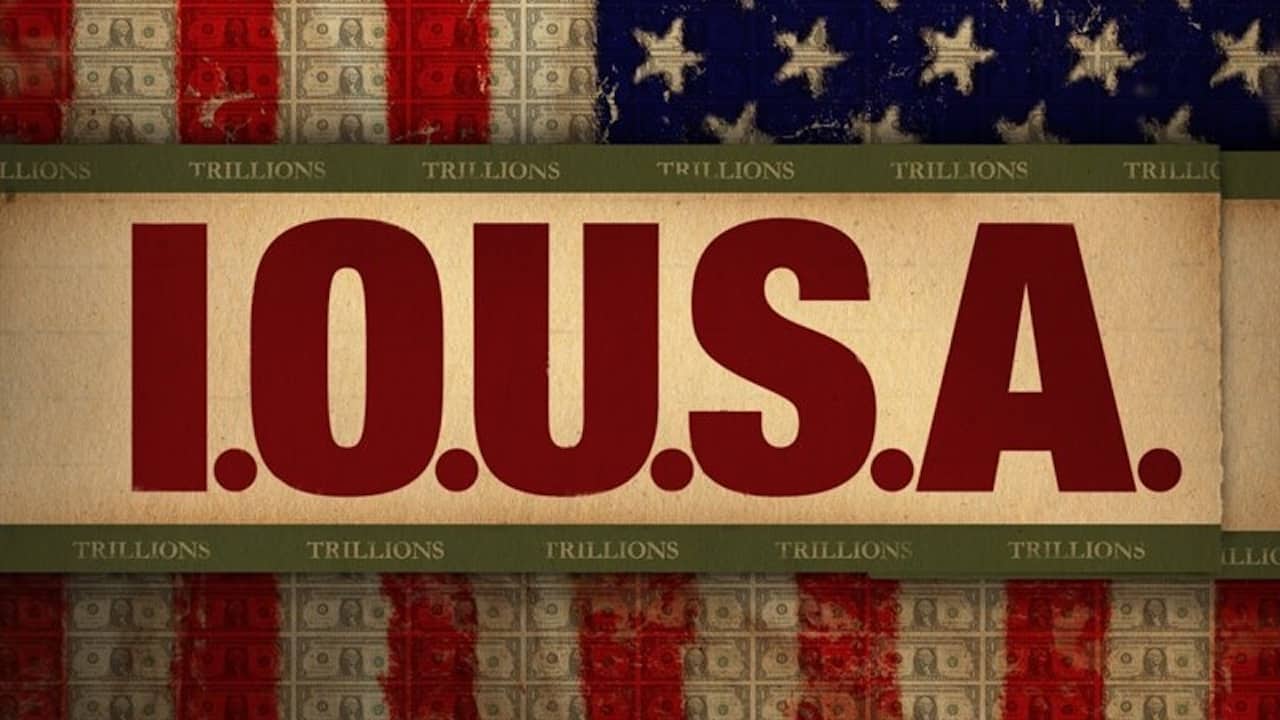I.O.U.S.A.
I.O.U.S.A. focuses on the United States’ looming fiscal crisis, presenting a detailed analysis of the nation’s economic challenges. Directed by Patrick Creadon, it highlights four critical deficits shaping the American economy: budget, savings, balance of payments, and leadership.
The film features David Walker, former U.S. Comptroller General, and Robert Bixby, Director of the Concord Coalition, as they travel across the country to raise awareness about the growing national debt and its potential consequences for future generations. Through their journey, they explain complex economic concepts in accessible terms, helping to demystify the differences between federal debt and deficit.
To illustrate the severity of the situation, I.O.U.S.A. employs a variety of visual aids, including charts, graphs, and animated sequences. One particularly effective segment uses a penny rolling up and down a bar graph to demonstrate how the budget deficit has fluctuated over time, expanding and contracting through wars and social program implementations.
The documentary also incorporates interviews with a diverse range of experts and public figures, including Warren Buffett, Alan Greenspan, Paul Volcker, and Steve Forbes. These discussions provide insights into the historical context of America’s economic challenges and potential solutions to address them.
While presenting a sobering picture of the nation’s fiscal health, the film also touches on related issues such as the trade deficit, declining personal savings rates, the weakening dollar, and America’s diminishing global economic influence. It emphasizes how these interconnected problems could affect every American, particularly younger generations.
The documentary’s narrative extends beyond mere numbers, connecting economic policies to their real-world impacts on citizens. It draws parallels between the national debt and personal finance, likening the United States to a consumer who has maxed out their credit cards.
In addition to explaining the current situation, the film provides historical context for America’s economic challenges. It traces the evolution of fiscal policies and their long-term consequences, offering a broader perspective on how the nation arrived at its current financial predicament.








